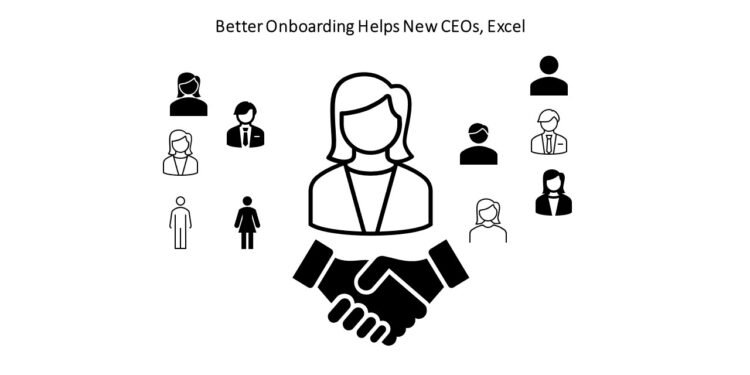The difference between a successful and not-so-successful hire is often the integration process. In my nearly three decades of HR experience, I have witnessed it failing multiple times. At the senior or C suite level and typically in the case of a new CEO, an integration process failure can impact the very survival of the enterprise as the stakes are really high. The reasons for its failure are many, but the most prominent one in my assessment is the lack of awareness and training to design an effective integration process. In most companies, the integration process starts and stops at the induction level, and beyond that, it’s left to the new hire’s maturity and seasoning. The incumbent is thrown in the middle of a raging storm, and it’s up to them to swim and save their life. Many succeed, but the process is energy-sapping and solely depends on the individual’s merit and brilliance. Would you like to take such a chance with your senior-most hire? Wouldn’t you like him to succeed and make their tenure memorable? Does it cost that much that we don’t actively invest in the process? I believe a well-designed integration process can minimise the risk of organisational collapse. A few basic steps can help us navigate such situations:
- Build Proactive Processes: In the case of C-suite hires and particularly for a CEO, the company’s board members must take proactive steps. Under the board’s guidance and (clearly defined) ownership, the process of integration, follow-up, and key measures as to how success looks should be defined and documented. The length of this process will depend on the size and scale of operations and the stage of the business. However, one sensitive and important aspect to consider is the outgoing CEO’s nature, character and influence. It’s an essential factor to consider while designing the process. The currents and undercurrents should be discussed in the boardroom and the process must take the deadly trap factors into account.
- Extensive communication is another key step, and usually, for a CEO’s role, the board chair should take responsibility for this crucial step. Internal communication, external communications, and meetings with key customers and players must be conducted as step one.
- Establish Key Relationships: The board should help the new hire build key relationships. It is paramount and sensitive for a smooth transition. Selecting the right advisors is another step a board should consider and include in the integration process. These are usually not considered as important and are left to the individual to build. A process backed by necessary support can go a long way in making the integration faster and more effective. Life at the top is often very lonely and can sometimes become overwhelming. Board members can make this process smooth by helping individuals find the right advisors within and outside the company. The process works much better if a senior board member is available as a sounding board for the CEO. The failure to develop strong personal relationships with senior and key players indicates that the integration process is not progressing well. Fruitful relationships are the foundation or the base upon which we build trust and followership. A strong team of allies can compensate for many shortcomings and most importantly, will go to war for you. A must have spice for success.
- Smooth Landing: Build the pitch to suit your lead player – yes that is more often than not, ignored. Preparing the organisation for an important change is another principal step for a successful integration. In cricketing parlance, I won’t prepare a bouncy wicket if my lead batsman is more comfortable with spin. Or the least I will do is to remove the grass from the pitch to make it little slow. Do we do that? Often, the answer is a “No”. Why do we ignore such basics in an integration process? Preparing the ground within the organisation is a crucial step the board should look at while integrating a new CEO or C level candidate. Communicating the rationale of the decision, the robustness and objectivity of the process, credentials of the person, how the linkage of the organisation’s vision and the person is beneficial and removing such obstacles are some productive practices one can consider to support the new C suite hire.
- Follow and Review the Process: Finally, following up the process at regular intervals, monitoring the level of organisational support, official relationships, business model reviewing and setting the stage for some early wins can make the process of integration extremely smooth and successful.
The above steps seem easy and simple but require a lot of commitment, effort and real ownership. Do we have it in our boards to take up such tasks? What is your experience in this regard?
References:
- Great People Decisions by Claudio Fernandez Araoz
- Dynamics of taking charge by John J Gabarro







